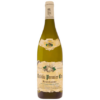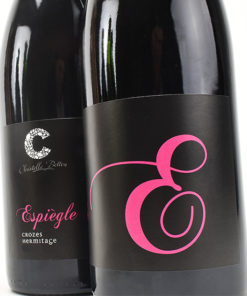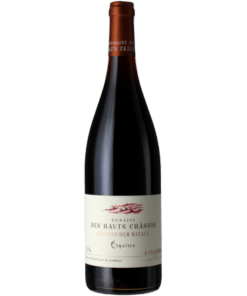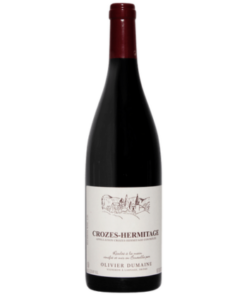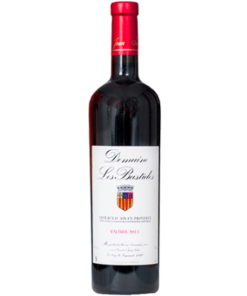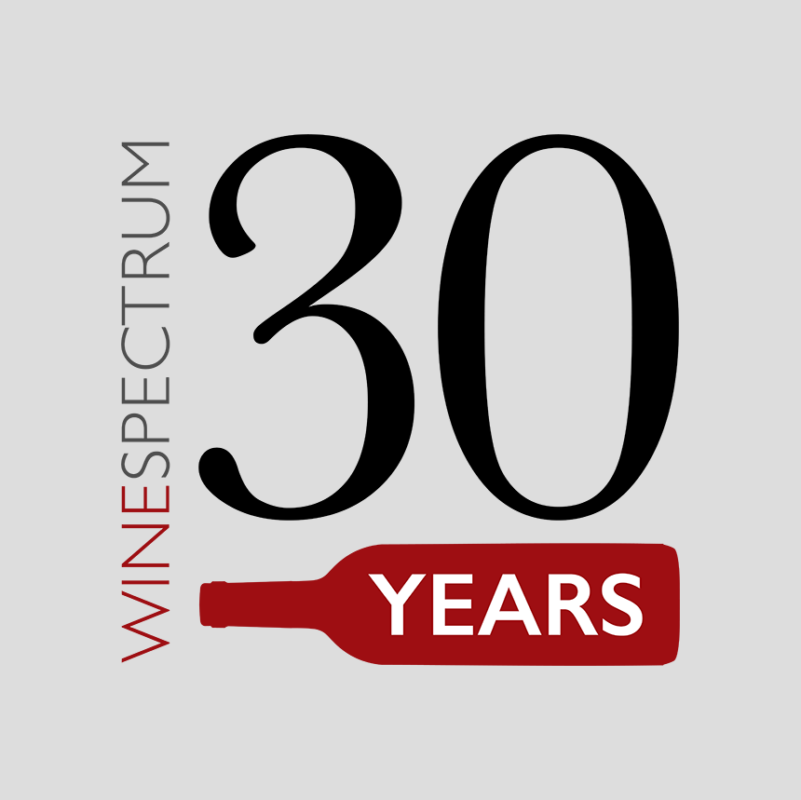2019 Domaine Paul Autard Cotes du Rhone
$ 18.00
4 Available
Questions? Ask a Wine Advisor
Shipping InformationWSI93+ The nose reveals scents of garrigue and licorice, the palate is on raspberries and cherries with its lingering and peppery finish. 70% Grenache, 20% Syrah, 10% Mourvèdre.
The story of the Autard family is the story of all great appellations, in that it is the story of the evolution of expertise — the sum of first-hand experiences, observations, experiments, inventions, and discoveries, in this case specific to Chateauneuf-du-Pape, and the Autard property in particular — as it is passed down from generation to generation.
The Autard family effort began in Courthézon, with an old farm-turned-vineyard; then in 2005 the enterprise took a giant step forward, with the construction of a new cave that permits vast improvements at every stage in the winemaking cycle.In any undertaking that spans the generations, it is connoisseurship — in the case of winemaking, a multiple matter of climate, land, vines, tools, and techniques — that is the cornerstone…
Jean-Paul, as the heir of this expertise, brings to it his own ideas and intuitions, in order to enhance as well as perpetuate the Autard domaine’s well-deserved prestige. Jean-Paul, as the heir of this expertise, brings to it his own ideas and intuitions, in order to enhance as well as perpetuate the Autard domaine’s well-deserved prestige.
Some of their vineyards fall within the Chateauneuf du Pape appellation and Autard produces a stellar example of this famous wine. The Cotes du Rhone, though, has quite a pedigree as well. With low-yielding vines ranging in age from 35 years to 75 years old, Autard makes a Cotes du Rhone that drinks with a surprising amount of elegance and finesse for this appellation. These old vines are planted in various sites with soils that range from rounded rocks (galettes) to sand, clay and gravel. Jean-Paul attributes the complexity of his Cotes du Rhone to these two important factors. In the cellar, the wine is produced via a gentle extraction, temperature-controlled stainless steel fermentation and no oak exposure.
| Varietal | |
|---|---|
| Vintage | |
| Appellation | |
| Winery_Name | |
| Wine_Type | |
| Size | |
| WSI_Rating |
Related products
French Wine
French Wine
French Wine
French Wine




